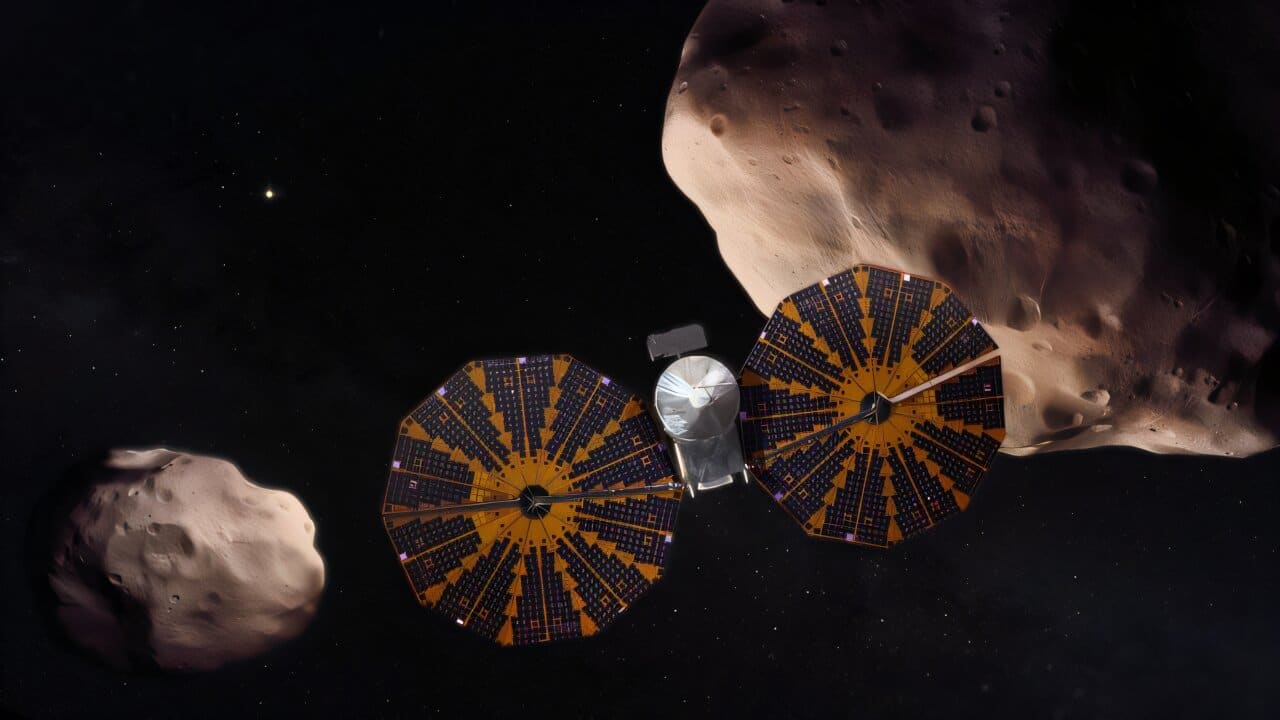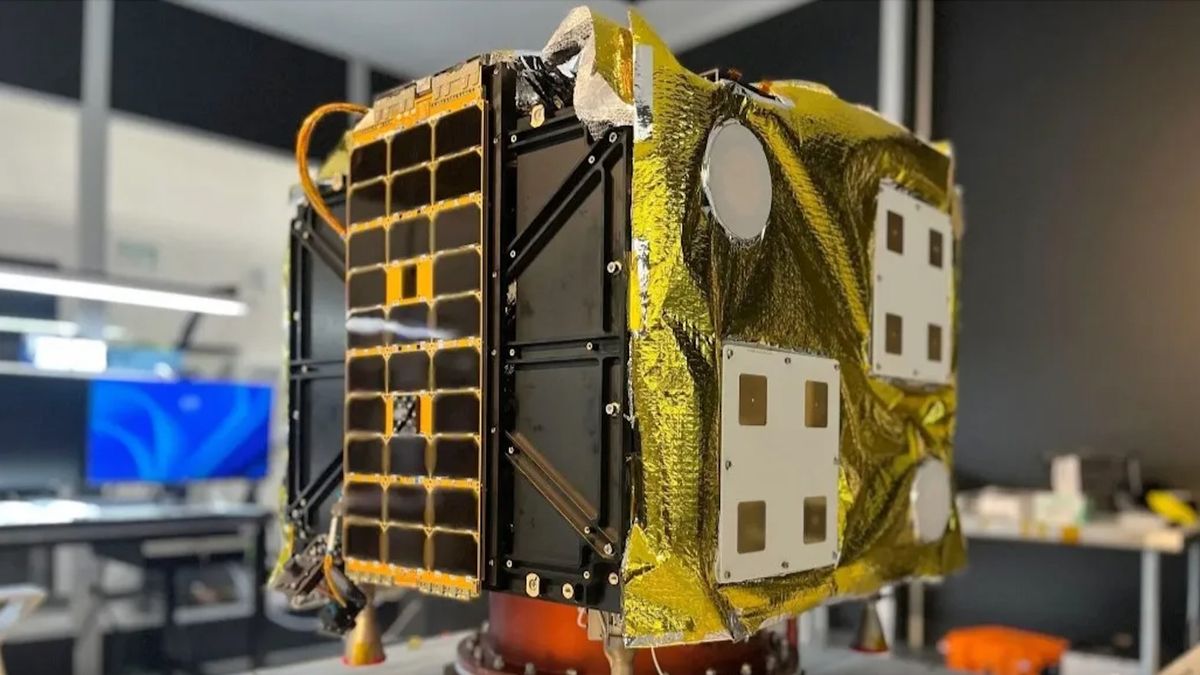
The Lucy spacecraft from NASA is embarking on an ambitious mission to delve into the outer reaches of the solar system. It has successfully captured its inaugural images of the asteroid Donaldjohanson, marking a significant milestone as the spacecraft gears up for a flyby of this small main belt asteroid scheduled for April 20, 2025.
The images were obtained on February 20 and 22, showcasing the asteroid’s movement against a backdrop of distant stars. This achievement represents a crucial step forward as the spacecraft approaches one of its primary objectives.
Why Is the Donaldjohanson Flyby Important?
The encounter with asteroid Donaldjohanson is a pivotal event for NASA’s Lucy mission. This flyby serves as a practice run for future encounters with the unexplored Jupiter Trojan asteroids.
At a distance of 596 miles (960 km) on April 20, Lucy will gather vital information that will enhance its navigation capabilities and pave the way for successful future missions. The mission’s goal is to investigate these ancient remnants of the outer solar system, which have been captured in Jupiter’s orbit for billions of years.
Captured Images and Future Exploration
Utilizing the advanced L’LORRI camera, the images of Donaldjohanson provide a fascinating view of the asteroid set against a star-filled expanse. Taken from a distance of 45 million miles (70 million kilometers), the photographs clearly depict the asteroid within the constellation Sextans.
The observable motion of the asteroid between the two frames emphasizes the spacecraft’s approach, while another small asteroid momentarily intrudes on the scene. Although Donaldjohanson appears as a faint light at this distance, closer proximity will soon reveal more intricate details as Lucy closes in.


The Mission’s Background and Purpose
Named after the renowned fossilized human ancestor Lucy, discovered by anthropologist Donald Johanson, this mission carries both symbolic and scientific significance. The high-resolution imaging capabilities of the spacecraft are designed to capture intricate details that will enhance our understanding of asteroids and the early solar system.
Led by Hal Levison, principal investigator at the Southwest Research Institute, the project is managed by NASA’s Goddard Space Flight Center.
The Importance of Studying Asteroids Like Donaldjohanson
Asteroids such as Donaldjohanson act as time capsules, preserving insights about the early solar system’s conditions. By examining these celestial bodies, researchers aim to gain a deeper understanding of planetary formation and the role these ancient remnants have played in shaping our current solar system.
The mission’s focus on the Jupiter Trojan asteroids, in particular, will illuminate a largely unexplored segment of the solar system. Lucy stands as the 13th mission in NASA’s Discovery Program, striving to unlock the mysteries of the solar system.
With its innovative imaging technology and strategically planned flybys, this spacecraft is setting the stage for future explorations of some of the most remote and ancient objects in space.









